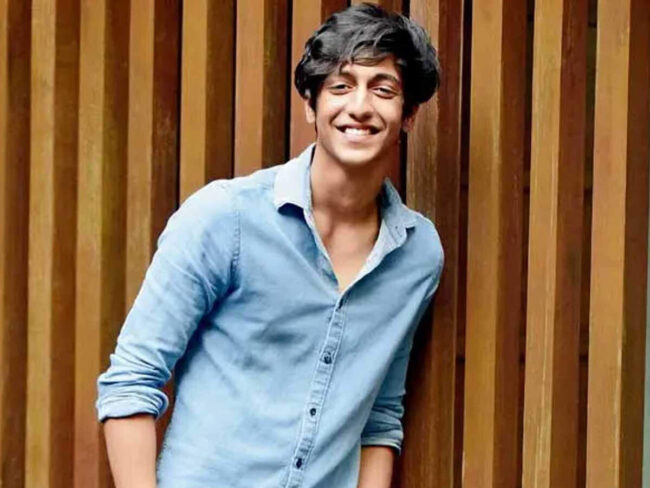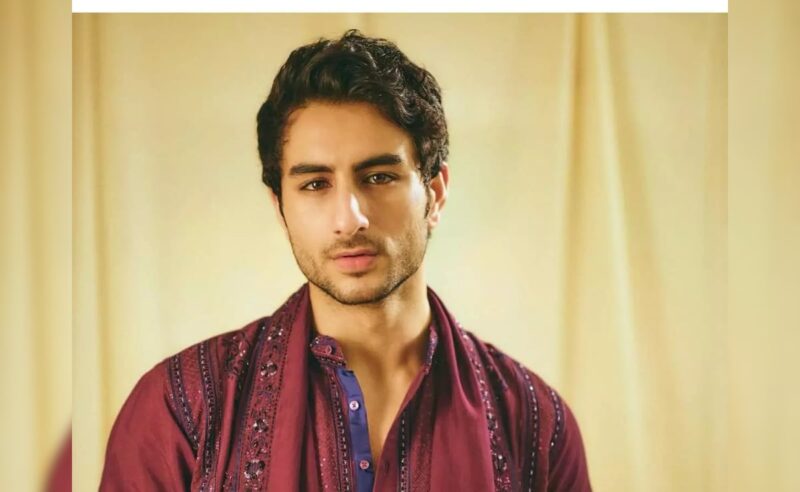Bollywood Nepotism: Debuts Under Scrutiny

The Legacy vs. Talent Debate
Bollywood nepotism has long shaped the industry, with star kids stepping into films backed by privilege and high expectations. This article explores its historical impact. Yet, as audience preferences evolve and social media intensifies scrutiny, the era of effortless stardom is fading. While lineage provides access, sustained success increasingly hinges on talent, adaptability, and the ability to resonate with viewers beyond a surname.
The nepotism debate, which gained momentum in recent years, has placed star-kid debuts under intense scrutiny. Social media platforms have become instant verdict forums. Now, the audiences dissect performances, compare newcomers to their predecessors, and challenge the industry’s reliance on legacy-driven casting. The backlash against nepotism has led to mixed receptions for recent star-kid launches, with films like The Archies facing criticism despite its high-profile cast. At the same time, outsiders like Siddhant Chaturvedi, Vijay Deverakonda, and Tripti Dimri have proven that talent and audience connection can outweigh industry privilege. Their rise has reshaped Bollywood’s casting dynamics, forcing production houses to reconsider whether star-kid debuts alone can drive box office success.
For Ahaan Panday, Ibrahim Ali Khan, and Shanaya Kapoor, the challenge is twofold. First, they have to prove their acting prowess, and second, convince audiences that they bring something fresh to the screen. The days of effortless stardom, where a surname was enough to secure a career, are fading. Today’s Bollywood demands authenticity, versatility, and a strong screen presence, making it clear that legacy alone is no longer enough.
Ahaan Panday: YRF’s Bet vs. Ranveer Singh’s Breakthrough

With the backing of Yash Raj Films, Ahaan Panday steps into the industry with a powerful launchpad. YRF has a long-standing tradition of introducing fresh talent. However, history has shown that a major studio alone does not guarantee longevity. While Ranveer Singh redefined Bollywood’s leading-man image through sheer charisma and unconventional choices, others like Junaid Khan (Aamir’s son) and Anya Singh struggled to find their footing despite YRF’s push.
Ahaan’s debut under YRF positions him for a well-crafted introduction. Even so, the real test will be his ability to establish an independent identity beyond industry expectations. The audience, now more critical than ever, no longer embraces star-kid launches without substance.
Ibrahim Ali Khan: Dharma’s Star-Kid Formula

Karan Johar’s Dharma Productions has long been a launchpad for Bollywood’s insiders, from Alia Bhatt and Varun Dhawan to Janhvi Kapoor and Ananya Panday. Ibrahim Ali Khan, son of Saif Ali Khan, follows suit with his upcoming film Sarzameen alongside Kajol.
As the industry shifts towards more layered storytelling, Ibrahim’s career trajectory will likely depend on his ability to step beyond the polished, romantic hero mold that Dharma often favors. While his resemblance to Saif is undeniable, audiences now look for individuality—something that will define his success beyond the first film’s reception.
Shanaya Kapoor: Strategic Choices Amid Early Setbacks

Shanaya’s entry into Bollywood has been far from straightforward. With Bedhadak shelved, her transition to Aankhon Ki Gustaakhiyan and the multilingual film Vrushabha indicates an adaptive approach rather than a singular grand launch. Unlike earlier Dharma introductions, Shanaya’s choice to diversify her debut signals a shift away from the predictable star-kid narrative.
Her resilience in reworking her career trajectory, rather than waiting for an ideal Dharma vehicle, sets her apart from those who struggled under the weight of high-profile yet miscalculated debuts. The industry now watches whether her career will be defined by strategic selection or industry-driven expectations.
Breaking the Bollywood Nepotism Narrative
Bollywood’s evolving landscape has seen a growing preference for actors with organic audience appeal rather than automatic industry recognition. The mixed reception of The Archies—featuring Suhana Khan, Khushi Kapoor, and Agastya Nanda—demonstrates that the star-kid advantage is no longer enough. To reinforce audience sentiment, referencing recent viral trends or social media reactions to a star-kid debut would highlight how quickly audiences form opinions. A tweet, engagement metric, or viral moment could emphasize how scrutiny unfolds in real time.
Outsiders like Siddhant Chaturvedi and Vijay Deverakonda have challenged the industry’s legacy-driven system. They prove that audiences now value performance, authenticity, and relatability over sheer industry influence. Even actors like Vicky Kaushal, who lacked traditional industry backing, have demonstrated that talent and perseverance can carve a lasting space in Bollywood. Thred’s article explores how nepotism once dominated Bollywood but is now being reshaped by changing audience demands.
The Changing Role of Production Houses
While YRF and Dharma Productions have historically been the strongest launchpads for star kids, their strategies are evolving. The rise of OTT platforms and content-driven cinema has forced production houses to rethink their approach.
Bollywood’s recent casting experimentation—such as Munjya and Crew—illustrates how the industry is shifting beyond legacy introductions. Streaming platforms like Netflix, Amazon Prime, and JioCinema have introduced new talent without industry backing, proving that audience engagement is no longer dictated by lineage. Films like Bulbbul (Tripti Dimri) and Gully Boy (Siddhant Chaturvedi) demonstrate that strong performances and compelling narratives can overshadow industry privilege.
For Bollywood’s next generation, box office numbers alone may not define success. The ability to transition between theatrical releases and digital platforms will be crucial in shaping long-term careers.
Bollywood’s Future—Built on Legacy or Merit?
Ahaan, Ibrahim, and Shanaya enter an industry undergoing transformation. While legacy continues to offer access, it is no longer enough to secure sustained relevance. Talent, adaptability, and audience connection will ultimately determine which newcomers thrive and which struggle. While legacy continues to offer access, Bollywood is seeing shifts in how industry veterans shape their careers. Hrithik Roshan, a star-kid himself, is now stepping into direction with Krrish 4. Learn more about his transition from actor to filmmaker.
The coming years will shape a new Bollywood reality—where some will carve a lasting space in cinema through performance, and others will fade into industry nostalgia.



